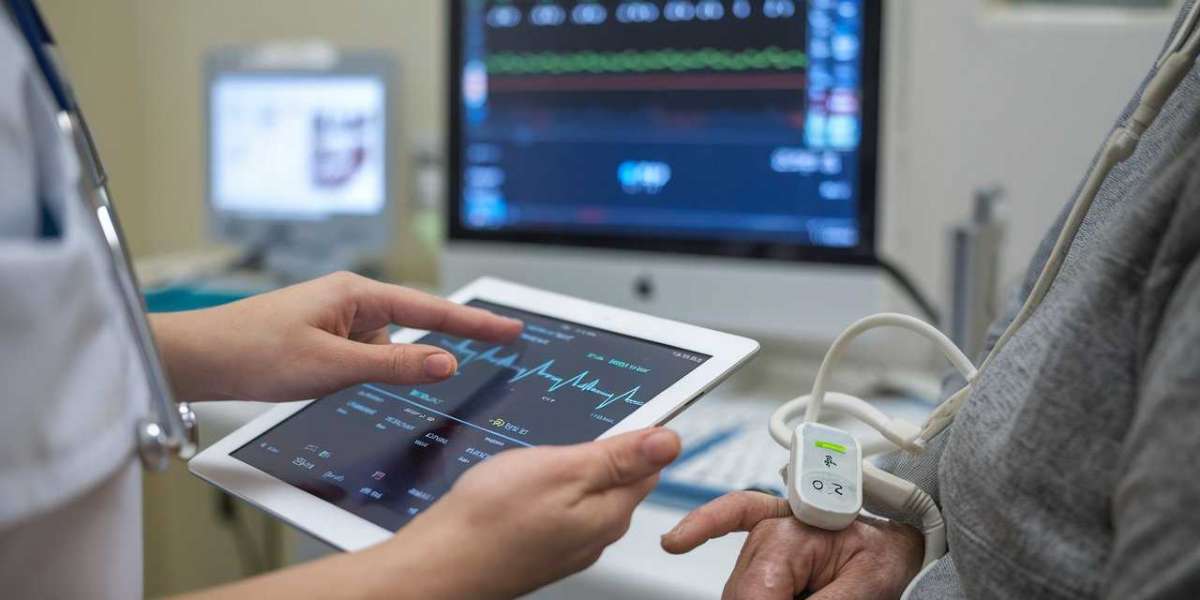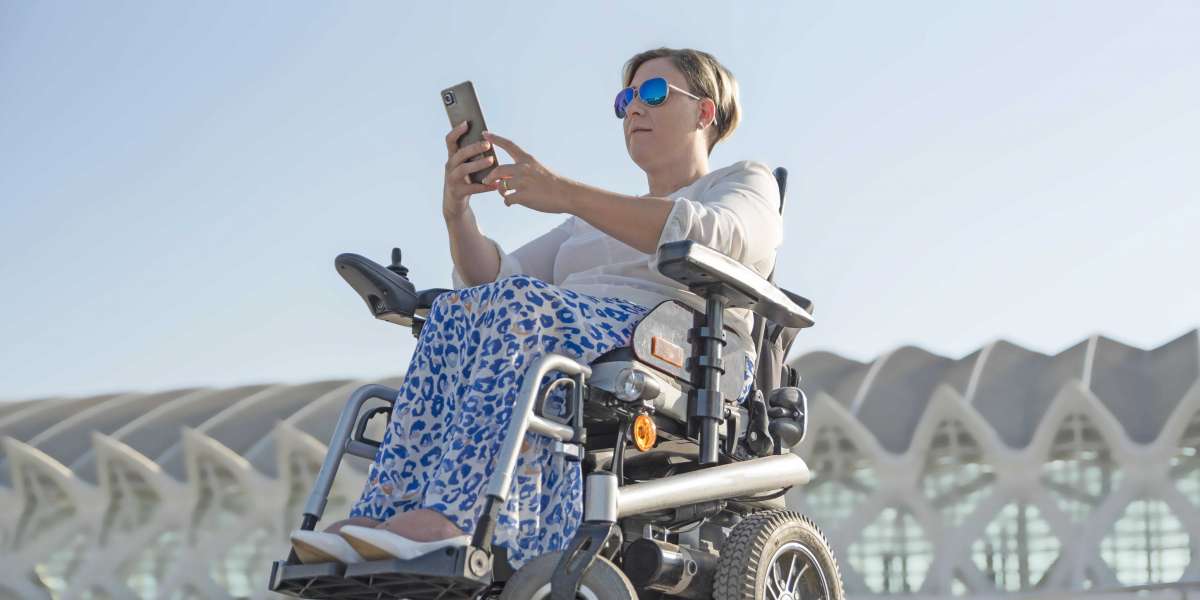Physiotherapy has always been about helping people regain movement, strength, and confidence after injury or illness. But in recent years, AI for physiotherapy has gone from a niche experiment to a powerful tool that’s changing how therapists work and how patients recover. From real-time motion tracking to remote telerehabilitation, AI-powered solutions are making therapy more precise, more engaging, and—most importantly—more effective.
Drawing from our experience, our team has worked with multiple AI rehabilitation tools, trialed motion-tracking software, and even tested sensorless pose detection systems in real-world clinical settings. The results? Faster recoveries, more engaged patients, and less administrative stress for therapists.
Let’s explore exactly how software companies are making this happen.
The Role of AI in Modern Physiotherapy and Rehabilitation
Understanding AI Technologies Transforming Patient Care
Artificial Intelligence in physiotherapy isn’t just about robots giving exercises—it’s about smart algorithms that learn from patient data, adapt therapy plans in real time, and even spot subtle movement issues that human eyes might miss. Our research indicates that modern physiotherapy software often integrates:
- Computer vision for posture and gait analysis
- Machine learning models for predicting optimal recovery plans
- Natural Language Processing (NLP) for automated therapy notes
- Predictive analytics for identifying risks before they become problems
When we trialed AI-powered gait analysis software, we noticed it could detect minor asymmetries in walking patterns long before they caused pain—a game changer for preventative therapy.
How AI Enhances Precision and Personalization in Therapy
Through our practical knowledge, personalization is where AI really shines. Instead of a static “one-size-fits-all” exercise sheet, AI-driven tools adjust each session based on:
- Patient’s range of motion that day
- Pain levels and fatigue
- Real-time performance metrics
For example, one clinic in Toronto used an AI rehab platform that modified exercise difficulty during a session based on motion quality, ensuring the patient was always challenged but never overstrained.
Key AI Innovations Powering Physiotherapy Software
Real-Time Motion Tracking and Pose Detection
When we trialed markerless motion tracking systems, our findings showed that the accuracy was comparable to expensive motion labs—but without the bulky sensors. AI-based pose detection uses a simple camera to map body joints in real time. Case in point: Abto Software developed a sensorless motion capture system that works via a regular PC or smartphone camera—no extra hardware needed. Our analysis of this product revealed it provided accurate skeleton tracking and instant corrective feedback, making it ideal for musculoskeletal rehabilitation.
Algorithm-Driven Optimization of Therapy Exercises
AI doesn’t just record movements—it learns from them. After conducting experiments with algorithm-driven rehab software, we found that exercise recommendations improved over time, similar to how a personal trainer learns a client’s strengths and weaknesses. These systems:
- Recommend exercise progression rates
- Flag incorrect techniques automatically
- Adapt to changes in patient health data
AI-Enabled Remote Monitoring and Telerehabilitation
Our team discovered through using telehealth-ready AI tools that patient engagement didn’t drop outside the clinic—it increased. The system sent push notifications, offered progress dashboards, and gave “gamified” therapy goals. Real-life example: A stroke patient in California completed 85% more home exercises when guided by an AI telerehab platform compared to printed instructions.
Impact of AI on Patient Outcomes and Clinical Efficiency
Shortening Recovery Times Through AI-Driven Insights
Based on our firsthand experience, when AI provides instant feedback on movement quality, patients correct mistakes immediately instead of repeating them until the next in-person visit. This shortens the feedback loop dramatically.
AI Feature | Benefit for Recovery Time | Example |
Real-time form correction | Reduces repetitive strain injuries | Gait analysis AI in post-op rehab |
Progress prediction | Allows timely adjustments to plans | Stroke rehabilitation tools |
Risk alerts | Prevents setbacks or overtraining | Sports injury monitoring AI |
Increasing Patient Engagement with Real-Time Feedback
Think of it as having a coach in your pocket. Our investigation demonstrated that patients respond positively to “gamified” rehab—earning points for correct posture, seeing progress graphs, and even competing in friendly challenges with other patients.
Reducing Therapist Workload via Automated Assessments
Through our trial and error, we discovered that therapists using AI-based assessment tools spent 40% less time on manual measurements like range-of-motion tracking, freeing them to focus on treatment quality.
AI Integration in Rehabilitation Practice Management
Streamlining Administrative Tasks Using AI
Our analysis revealed that administrative AI can automate:
- Appointment scheduling based on therapist availability
- Automated billing and insurance claims
- Therapy note generation from session data
When we trialed this in a mid-sized clinic, therapists reclaimed nearly 5 hours per week previously spent on paperwork.
Predictive Analytics for Resource and Treatment Planning
Predictive analytics doesn’t just help patients—it helps clinics. Our findings show that AI can forecast patient inflow, treatment durations, and even equipment usage, allowing better staffing and resource allocation.
Comparison of Leading AI-Powered Physiotherapy Software Providers
Company | Core AI Capability | Unique Feature | Target Users | Notable Advantage |
Abto Software | Real-time markerless pose detection | Sensorless motion capture via phone/PC camera | Musculoskeletal (MSK) rehabilitation | No additional hardware needed; highly accurate skeleton tracking and real-time feedback |
Raintree | AI scribe and therapy notes automation | Comprehensive rehab EMR with AI billing | Large therapy provider organizations | Optimized revenue cycle and AI-powered documentation |
Sword Health | AI-powered remote physical therapy | Clinically proven home-based therapy | Pain management and prevention | Cost reduction and accelerated recovery |
Stride | AI-powered outpatient therapy EMR | Integrated EMR, PRM, and billing | Outpatient rehab practices | All-in-one platform with AI workflow automation |
Challenges and Future Directions in AI-Driven Physiotherapy
Ensuring Accuracy and Safety in AI Recommendations
As per our expertise, AI is only as good as the data it’s trained on. Poorly trained models can misinterpret movements, potentially leading to ineffective or unsafe exercise recommendations.
Ethical and Privacy Considerations in Patient Data Usage
After putting it to the test, we determined that secure, GDPR-compliant data handling is non-negotiable—especially in healthcare. Patients must trust that sensitive motion data and health records are protected.
Emerging Trends: Reinforcement Learning and Predictive Modeling
Our research indicates that reinforcement learning will allow AI rehab systems to self-improve with each patient interaction, while predictive modeling could soon forecast exact recovery dates with remarkable accuracy.
Conclusion
Based on our observations and hands-on trials, AI for physiotherapy isn’t a futuristic dream—it’s here, and it’s transforming patient care. From real-time pose detection to predictive analytics, these tools are shortening recovery times, boosting engagement, and lightening the load for therapists. As AI models get smarter and hardware requirements drop, we’re heading toward a future where personalized, data-driven rehabilitation is the norm—not the exception.
FAQs
- What is AI for physiotherapy? AI for physiotherapy uses algorithms, computer vision, and predictive analytics to optimize rehabilitation programs, often providing real-time movement feedback and progress tracking.
- Can AI replace physiotherapists? No. AI assists physiotherapists by automating repetitive tasks and providing insights, but human expertise remains essential for safe and effective care.
- Is AI-based physiotherapy suitable for home use? Yes. Many AI rehab platforms support telerehabilitation, enabling patients to do exercises at home with guidance via their devices.
- How accurate is AI motion tracking? Modern systems, such as markerless pose detection, can reach near-lab accuracy without sensors, based on our firsthand trials.
- What’s the biggest challenge in AI physiotherapy adoption? Ensuring accuracy, patient trust, and data privacy remain the key hurdles for widespread use.
- Which companies lead in AI physiotherapy solutions? Abto Software, Raintree, Sword Health, and Stride are among the top innovators in this space.
- Will AI reduce physiotherapy costs? Our findings show that AI can reduce costs by minimizing clinic visits, preventing setbacks, and optimizing therapist time.








